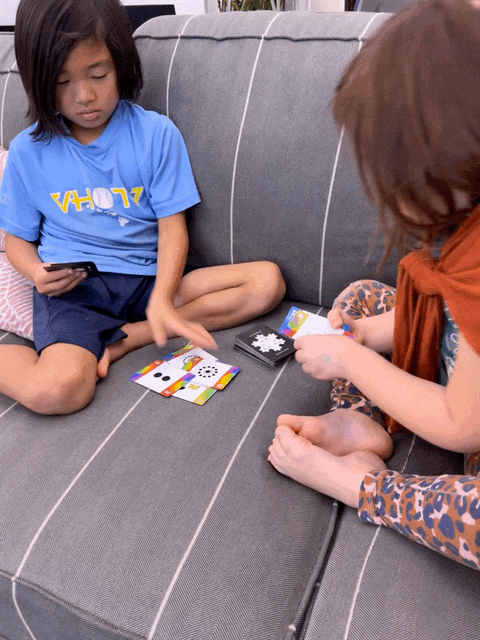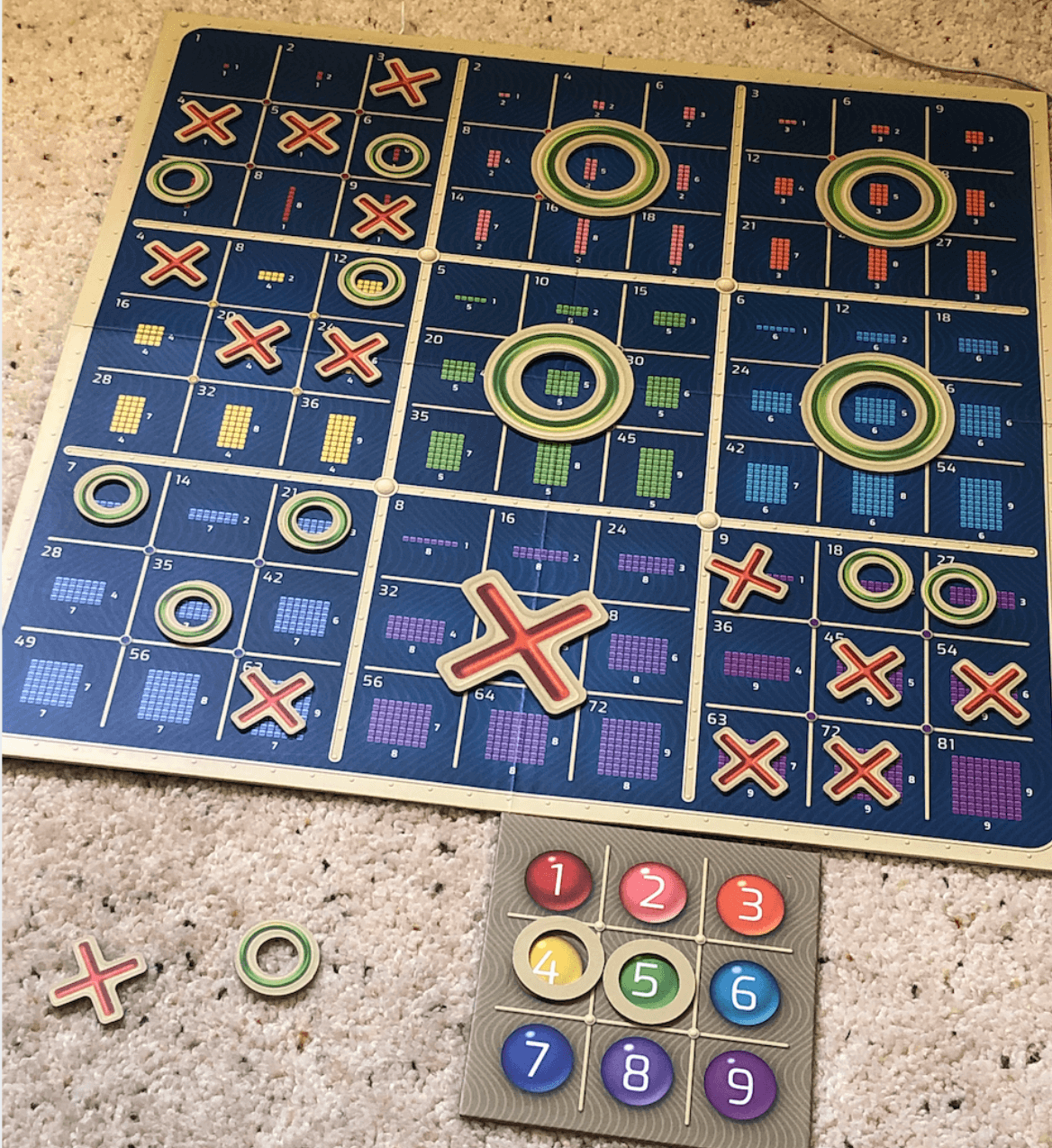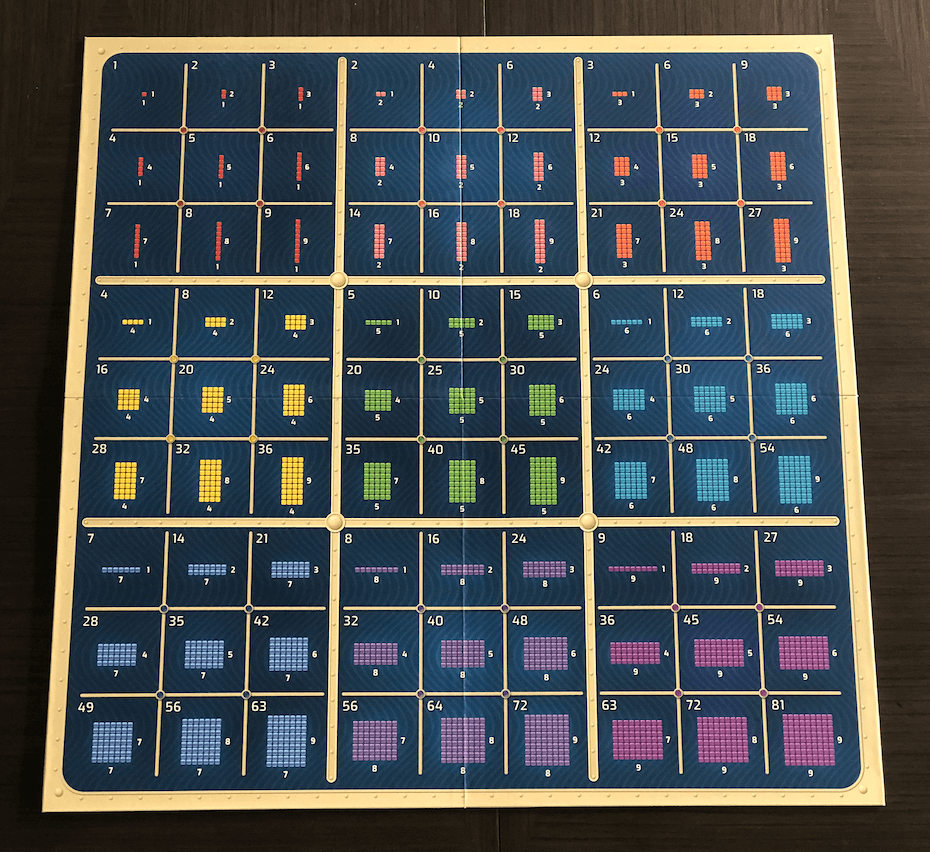Numeroso is a great game for the whole family, because it’s easy to learn in a minute, yet interesting enough to bring you back for rematch after rematch. It’s a casual game, but its depth will surprise you!
The Origin Story
This fall, game designer Federico aimed to create an easy yet engaging game to enjoy with his young daughter and her cousins. He envisioned a simple card game where players match factors and primes to be the first to get rid of their cards.
During a family dinner in November, Federico introduced the game, "Numeroso," to the children. They quickly grasped the rules and were engrossed, playing numerous rounds before and after dinner. The game's appeal was evident as the children eagerly requested to play again during their next gathering, inspiring Federico to share Numeroso with a broader audience.
Why so Easy to Play?
The game is so easy to play, in part, thanks to the way the Numeroso Cards represent the prime factorization both visually and numerically. Allowing players to quickly determine which cards have a common factor and which cards are prime, identifying matching cards to play on their turn.
Players can easily identify if the two numbers have common factors by looking at the prime factorization. For example here, both 36 and 42 have 3 and 2 as prime factors. You can also see visually that they both have yellow triangles (groups of 3) and blue line segments (groups of 2).
See the 3 groups of 3 groups of 2 groups of 2 dots?
Here there’s 7 groups of 3 groups of 2 dots.
Numeroso Features
Players: 2-6+
Ages: 7+
Average Duration: 5 minutes
Deck Setup: 1 deck for 2-4 players, or 2+ decks for 4-6+ players
Objective: The aim is to get rid of your cards as quickly as possible by playing cards with matching factors with the previously played card, or by matching primes with primes.
Numeroso cards make it easy to play the game with just a basic understanding of number
Learn to Play in 1 Minute!
The game takes a minute to learn, and we have the video to prove it…
Simple Rules, Rich Strategy
Even though the game has simple rules, there's a rich strategy to explore that will bring you back again and again.
Astute players can infer their opponents' cards and strategically play unmatched cards, compelling opponents to draw a card and forfeit their turn!
For example, if you suspect your opponent is out of multiples of two, play an 8. Since its only made up of twos (2x2x2), your opponent would have to draw a card (assuming they in fact don’t have a multiple of 2).
Downloadable Rules
You can download and print the rules, which include an optional set of rule extensions that add the ability to skip players, reverse the order of players, and force players to draw cards.
We recommend everyone starts with the simple rules, and only try the extended rules if it’s appealing after playing a few rounds.
Where to get Numeroso?
Follow one of the links below to get yourself a copy of Numeroso today!




































